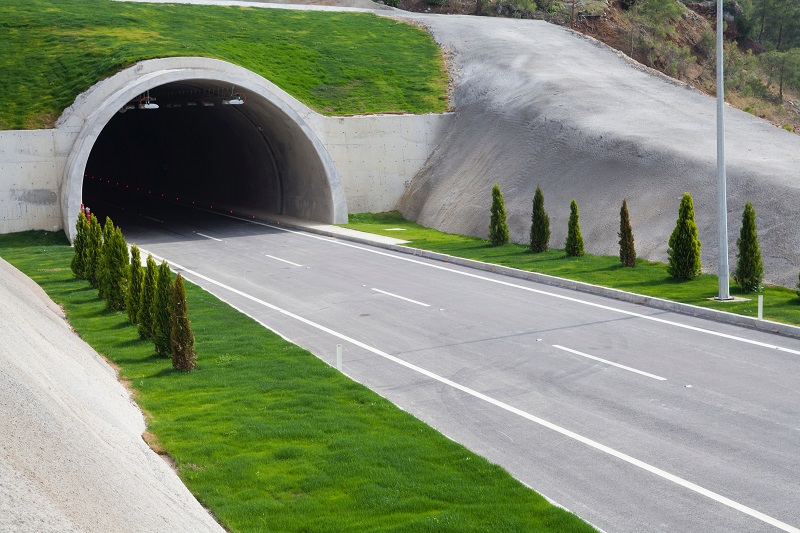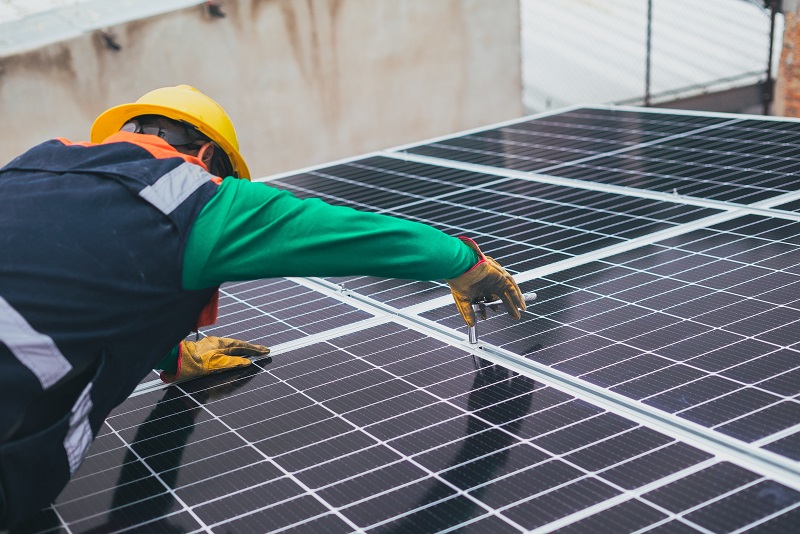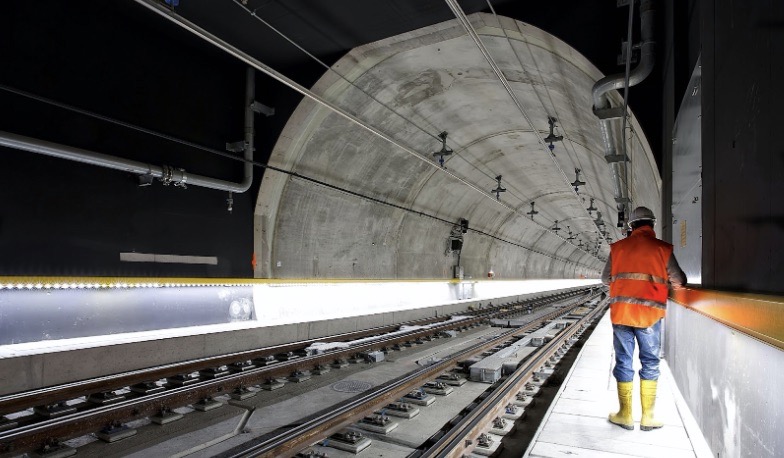Sustainable Construction Practices to Save the Planet

Sustainable construction takes some work and planning, but can lead to cost savings and is better for the environment.
Sustainable construction has many merits as it aims to reduce waste and build more environmentally sound projects using eco-friendly methods. A broad range of sustainable construction techniques is available.
Keep reading for,
Reasons Sustainable Construction is Slow to be Adopted
The most common reason companies may be slow in implementing sustainable construction techniques is motivation. Why would you do anything differently if a job is already planned and likely to be profitable? It could cost more and be less predictable.
One of the primary perceptions of sustainability initiatives is that it’s more expensive and may result in lower quality. Take, for example, a sustainable and compostable bag for food products. If it gets wet or tears, it’s typically less sturdy than the original non-eco-friendly versions. Or how about recyclable straws, which are increasingly popular in some regions. They last about halfway through your drink before losing their form, and you need to drink directly from the glass. In some cases, you get a second straw, which starts to eat into the sustainability gains one might have had by using just one.

Recycled materials on a job site could suffer from similar shortfalls in utility. Is recycled aggregate beneath a road as stable as a fresh bed of rocks pulled straight from the quarry? It depends on the nature and source of the aggregate, but there’s a fair chance it’s not quite as good as the original.
Or how about energy? All the work people go to could be skipped simply by plugging into the grid to install solar energy panels. Complex calculations exist to gauge if and when the system has paid for itself, and regional legislation may change at any time to affect one’s gains.
Plumbing is in a similar situation in that used water could be rerouted to other supportive functions such as watering lawns or gardens. But it’s much simpler to connect it to the main public utility line and complete the project.
Reasons to Use Sustainable Construction Techniques
There are numerous reasons to use sustainable construction techniques-these range from being the right thing to do for the environment to saving money. Working in a thoughtful, sustainable mindset will cause teams to reconsider how they carry out their work. In doing so, they’re likely to identify ways to be more efficient. They’re also likely to reduce the environmental impact of the work and find ways to get the same job done faster. These two often go hand in hand.
The Department of Energy is continually pushing to expand clean energy projects.
Here are four of the best ways to build sustainable projects
Use Prefabricated Materials
Prefabricated materials are built offsite and then brought to the field to be added to the project. A controlled, streamlined build process can reduce waste and is a pillar of sustainable construction. It’s many times easier to improve the efficiency of a manufacturing facility than the efficiency of a job site. Job sites are inherently disorganized, and each is different from the next. Manufacturing facilities can optimize each step in the build process and systematically improve how they complete their work.
Prefabricated materials also have a greater capacity to use recycled materials since they’re at a fixed location and can arrange for suppliers far in advance. Construction sites are ever-changing their location. When one job completes, another will start in an entirely different place.
Using materials built offsite also reduces the amount of labor and machinery required on site. Since a portion of the crew’s work is accomplished for them already, they need to connect the pieces and move on to the next task. Minimizing the amount of work required in the field dramatically reduces the project’s environmental impact while also saving money.
Use Sustainable Resources
Care is needed to select sustainable resources. Some suppliers will offer products made from recycled materials, for example. Blocks, gravel, or lumber are great candidates for repurposing on new projects.
Improve Waste Management
Waste management is one of the keys to sustainable construction practices. The goal is to send as little waste to the landfill. Reusing materials keeps them out of the waste management system entirely. Recycle plastics, glass, and cardboard by putting them in separate containers if required by your local waste management service.
Evaluating processes and reducing waste will also identify ways to be more efficient.
Sustainable Energy Management
Energy management comes in many forms. A primary goal of energy management is retaining the energy you already have. Use better, sustainable insulation and include glass windows to harness natural light to heat interiors.

One of the most prevalent forms of energy management is installing solar and including batteries. Using the sun to power one’s structure is a great way to reduce reliance on fossil fuels.
How to practice sustainable construction to save the planet?
Increased construction activity and urbanization have contributed to global warming and damaged our ecosystem. The need of the hour is to practice sustainable construction.
New age construction companies are designing, constructing, and renovating structures keeping the environmental rules and green initiatives in mind. Adopting energy-efficient materials and methods will construct cost-effective green buildings and reduce carbon footprints in the long run. Here is how you can build a sustainable construction project.
- Use Prefabricated Materials
Prefabricated materials are built offsite and carried to the construction site. Unlike the ever-changing location of construction sites, manufacturing units are stationary. They can streamline their processes and ensure a regular supply of recycled material to produce sustainable materials. Manufacturing prefab material at a factory reduces the cost of carrying labor, machinery, and raw material to the construction site. This also allows advanced recycling practices to be followed at the manufacturing plants. In addition onsite construction waste is significantly reduced. Most of onsite waste goes to dump sites adding to pollution and increase in non-degradable waste within urban communities. So, choose prefabricated materials and standard installation practices.

- Use Sustainable Resources
Choose sustainable resources and materials over non-biodegradable products. Reuse and recycle your construction material. You can repurpose materials like Blocks, gravel, and lumber from your previous site for your new construction projects.
- Improve Waste Management at Jobsite
Practising energy management and mitigation at the construction site is the way forward. Employ energy-efficient and sustainable means for construction, such as opting for solar-powered energy sources, optimising water use, and mitigating equipment and truck idle times.
- Green buildings and design features
Ensure the finished constructed space aligns with the larger SDG vision of green buildings. A few sustainable design features include glass windows on the façade to let natural light and heat into the building; and adequate thermal insulation of doors and windows of a building to reduce power consumption.
These are some of the green initiatives that contribute significantly to the quality of a building and save the environment. Adopt these steps to practice sustainable construction and contribute to the company’s and society’s betterment.
Summary of Sustainable Construction
Sustainable construction may seem expensive at first, but it can lead to significant cost savings if implemented with careful consideration. Using prefabricated materials, ordering sustainable materials and resources, and improving waste and energy management are all ways to be a sustainable construction contractor.
Ultimately each project is different, and the ways they can be a greener construction site will vary from project to project. They each follow the same pattern of inspecting the current materials, designs, and processes and seek ways to make them more sustainable.
In today’s day and age, an increasing number of people are advocates for sustainability and conserving resources. However, new techniques tend to be adopted slower when it comes to construction, and following the old ways of doing things is the norm.
Linarc Construction Management Software will help you optimize your construction site. By simply tracking all your contractors and resources in the master schedule, we can identify ways to make your construction projects more efficient.
What’s your experience with green construction? Tell us about the best ways you could work more sustainably and efficiently.





